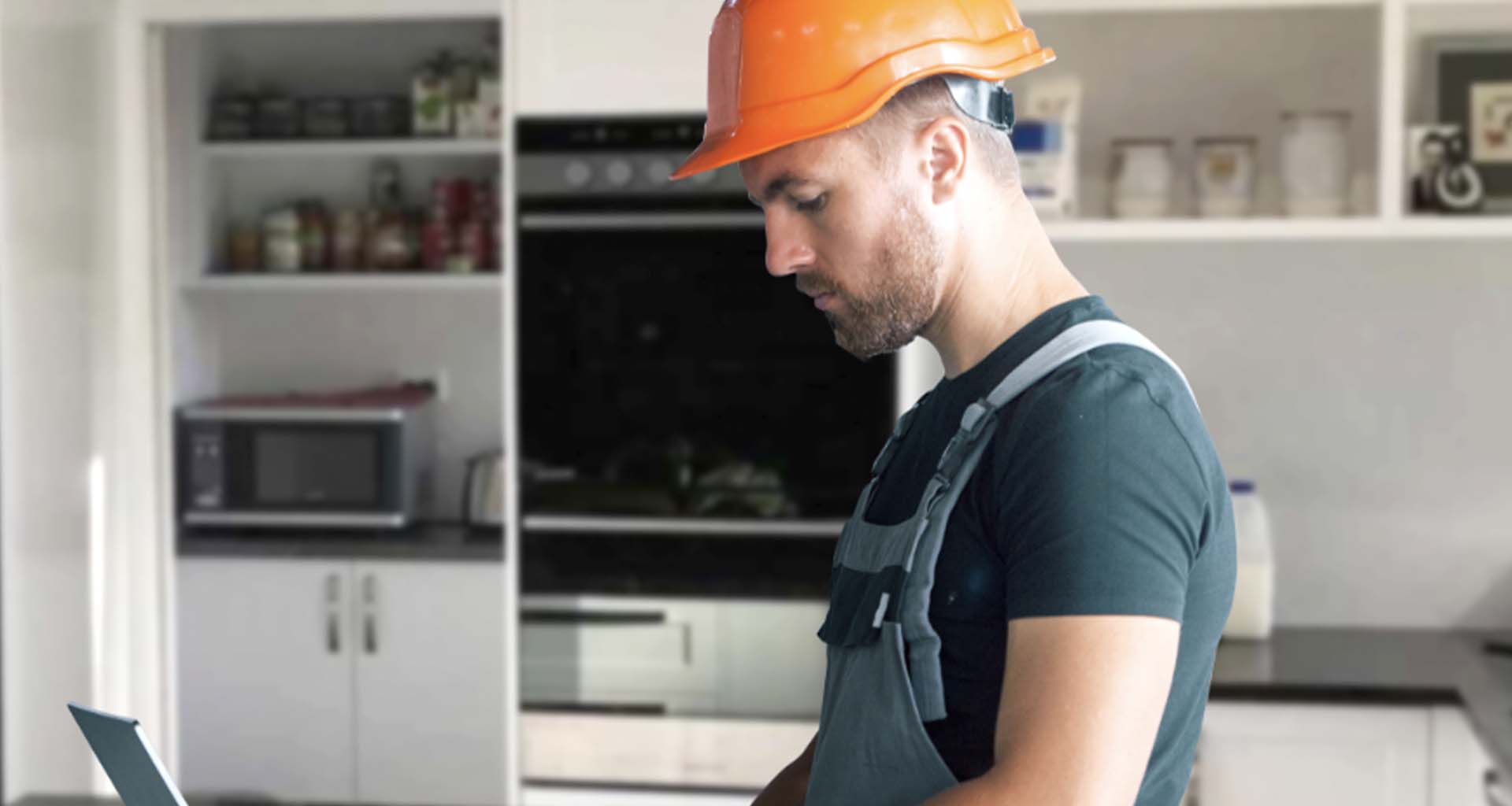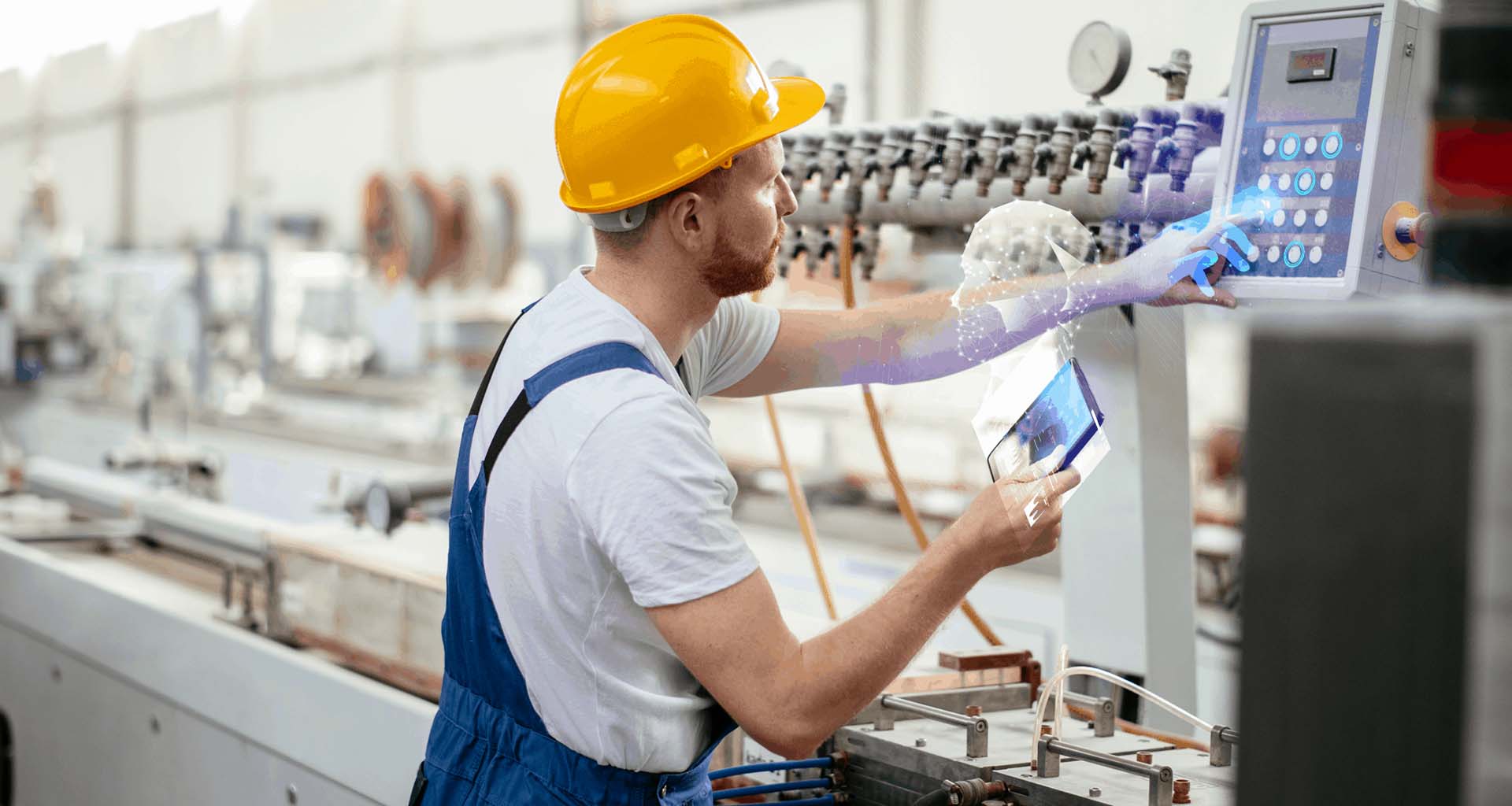Contents
The COVID-19 crisis is proving to be a critical time for field service organizations. To ensure business continuity, many are turning to innovative technologies such as remote visual support. In this article, we’ll explore the three primary ways in which remote support is being used in field service.
The challenges field service organizations are facing due to COVID-19
Ensuring business continuity and the safety of employees and customers is top of mind for companies delivering essential services across industries such as utilities, medical technology and telecommunications. These are lifelines for millions of people, and in field service, COVID-19 represents a unique challenge.
With so many people currently at home – whether on a voluntary or mandatory basis – customers are likely to experience more issues than usual and need far more support. Many are making much more extensive use of streaming services, for example, and running into problems with settings. There’s also a far greater load on infrastructure, putting a massive strain on ISPs.
Pressure to maintain high standards
At the same time, a company’s SLA commitments remain in force. Failure to meet their guarantees leaves companies open to the possibility of litigation. In some industries, response times need to be even shorter. For example, many medical tech suppliers need to be able to resolve issues immediately to ease the pressure on overstretched clinicians. Meanwhile, repair and service centers are either being closed or customers are choosing to steer clear of them, increasing the need for technician dispatches.
Maintaining service is crucial. Brands that fail to deliver in these critical times can be significantly harmed in the long run. In the current crisis, it’s even harder to support customers who are already highly emotional and even starting to panic because they can’t operate a vital device or access an essential service.
Companies weren’t ready for COVID-19
According to a new survey from Help Net Security, most businesses aren’t highly prepared. In fact, 88% of companies aren’t fully ready for the impact of COVID-19 on field service delivery. Virtually all companies – 98% in fact – don’t believe they can carry on as usual. Businesses also need to prepare for limited capacity – 40% of companies expect to be impacted by absenteeism, including in customer support departments.
COVID-19 brings a new reality to field service
Because of COVID-19, field service organizations are discovering a whole new reality. Many are embracing the work from home model as they seek to reduce site visits to minimize human-to-human contact. That’s especially true in high-density, high-risk areas like New York City and London. It’s a paradigm shift in field service delivery and a huge psychological change.
Companies are also working with limited resources. Some technicians are sick or in isolation, while others face severe travel restrictions. Organizations therefore need to update many of their procedures.
This situation requires fast implementation of new technologies – by employees who wouldn’t necessarily embrace new tools under normal circumstances. Technologies that would ordinarily take several months to be adopted are now being implemented within days or even hours. The lessons companies learn and the tools they implement now could radically change how they do business for decades to come.
Visual Support: the key to overcoming the challenge?
The same video technology that enables teleconferencing, e-learning and telemedicine is now enabling leading enterprises to overcome the challenges of COVID-19 for field service delivery.
The concept of Remote Visual Support couldn’t be simpler. In a nutshell, it’s about overcoming the visual gap in traditional service delivery, putting everyone on the same page – or the same screen, in fact.
The technician or agent sends the customer a link – via any channel – to begin a live video streaming session from their mobile phone or tablet camera. The expert takes a good look at the issue to identify the root cause. Next they provide AR annotations to show the customer exactly what they need to do. Finally, the expert visually confirms that the issue has been resolved. That’s a vital step. It reassures the customer, while the expert can be confident there won’t be another call about the same problem anytime soon.
Here are three different ways in which field service organizations have implemented visual assistance in order to ensure business continuity during the COVID-19 crisis.
3 Ways Visual Assistance Ensures Business Continuity
Remote support
Remote Support is essentially the same process that allows contact center agents to assist customers under normal circumstances. The customer reaches out with a and is an issue and is routed to the right technician, who sends a link to begin a live video stream. He identifies the issue and guides the customer step by step through the resolution process, whether it’s plugging a couple of cables into the right ports or clicking the correct buttons in sequence.
This keeps dispatches to a minimum by enabling a work from home model for contact centers and field service departments, ensuring technician and customer safety. It allows companies to continue providing support in high-risk areas and to customers in quarantine. It also maintains and enhances customer engagement, elevating CX even during a crisis. It’s at times like this that a company can win a customer’s lifelong loyalty.
Onsite technician support
In some cases, onsite support is an unavoidable event. That’s why many companies are incorporating social distancing into their processes, maintaining a gap of at least six feet between the technician and the customer throughout the visit.
With onsite support, companies can add a preliminary visual inspection step during the first contact – during the visual session before the dispatch. It guarantees that when a visit is required, the technician arrives fully prepared – they know what the issue is, what parts and tools they need and whether there are any special requirements, like access issues, to consider.
Reducing the need for follow-up visits
Field service organizations are also aware that follow-up visits, said to account for around one in four cases, are unacceptable to most customers in the current situation, since they effectively double the risk of COVID-19 exposure for both the technician and the customer. Research indicates that 63% of consumers expect no more than one technician visit to resolve an issue. Onsite Support means the technician can reach out to an expert back at HQ or to another more experienced colleague and receive AR guidance right there on their smartphone or tablet screen.
Onsite Support also means offering advice and assistance to outsourced teams and inexperienced technicians, reducing the need for follow-up dispatches because visual tools enable companies to carry out quality assurance in real time.
Hybrid visual assistance model for technicians
When the company needs to provide a specific part, the technician can bring it to the customer’s front door and then carry out a Visual Assistance session from the driveway, guiding the customer through the installation process exactly as he would if he was doing the session from home.
This ensures maximal safety when travel is still necessary, by enabling contactless interactions. Technicians can make equipment deliveries and swaps in safety. And since they’re right there on the driveway, they can respond on the spot to customer feedback and avoid a repeat dispatch.
Business continuity for field service organizations through COVID-19 and beyond
According to a new LinkedIn survey, 44% of senior leaders are somewhat or very likely to make remote work policies permanent. With many technicians currently being introduced to working remotely using Visual Assistance, the effect of COVID-19 on field service delivery could prove to be seismic.






